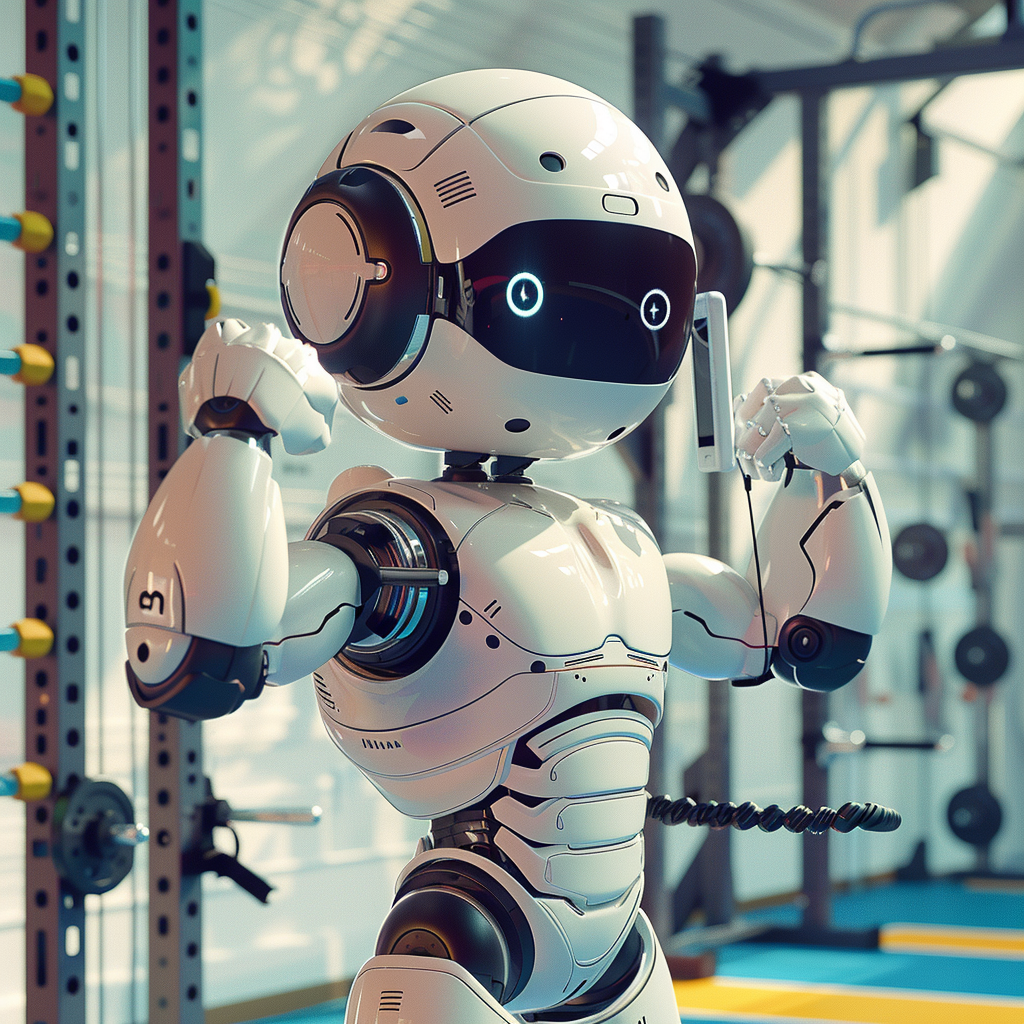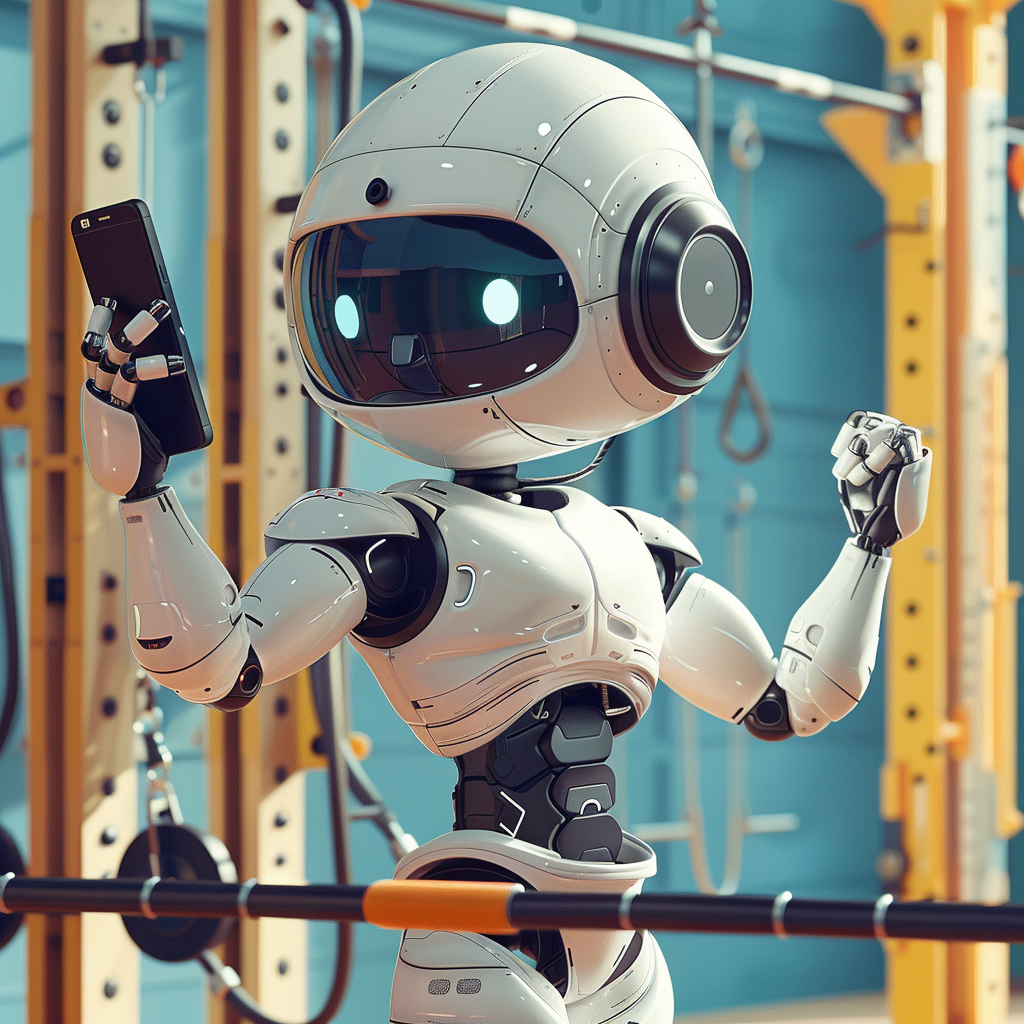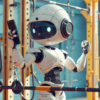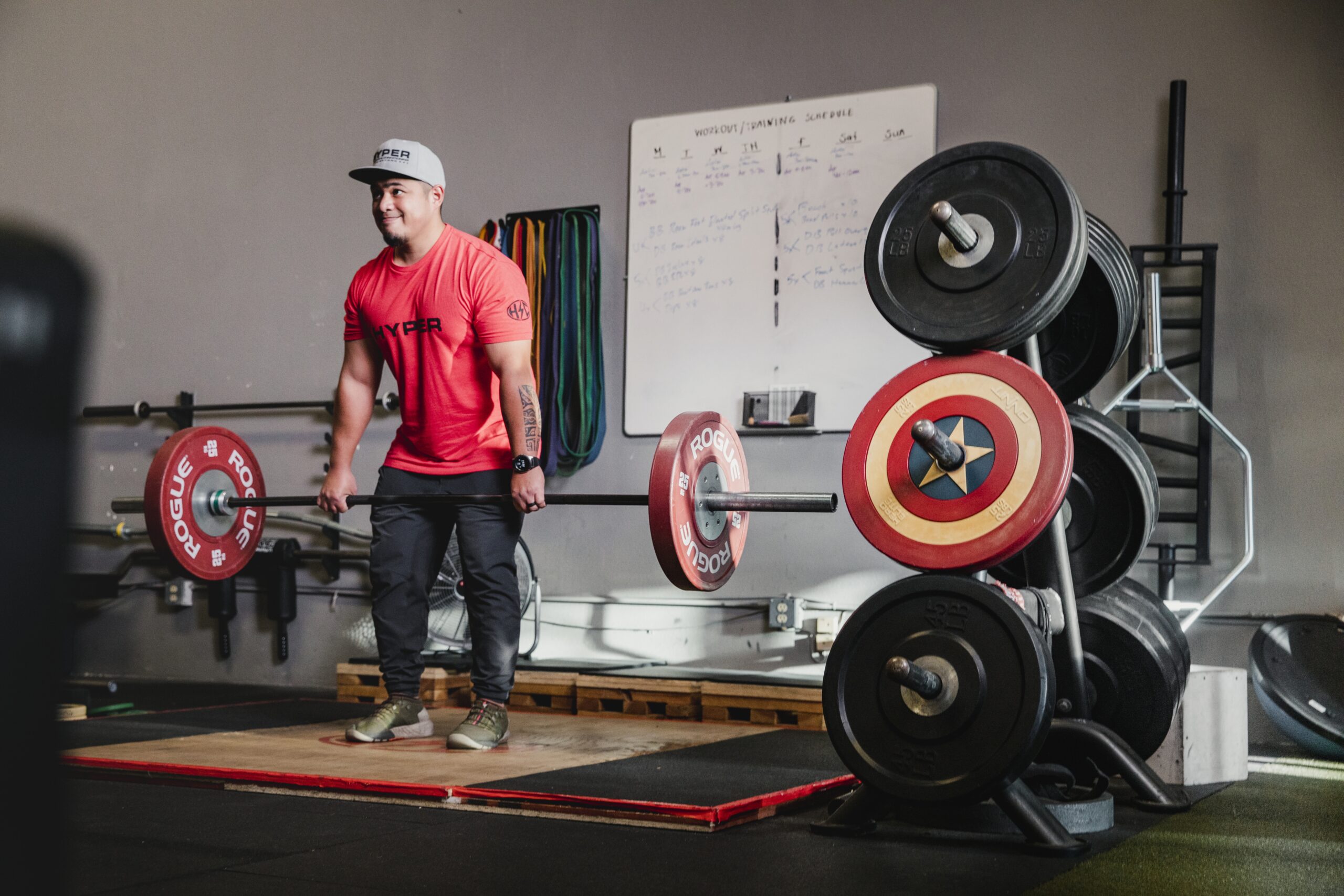Artificial intelligence (AI) has been generating a lot of buzz in recent years, especially since the launch of ChatGPT––the advanced chatbot capable of generating human-like responses on almost any topic.
But perhaps you’re wondering how AI impacts the fitness industry today and how it may change it moving forward.
Read on to learn what we think about that and what we’ve observed.
The Rise of AI in Fitness
The addition of AI in fitness marks the beginning of a new era––one where we have more options for personalized guidance and can explore new ways to get and stay fit.
However, while AI may feel like something that came out of nowhere, it was the result of technology slowly making its way into fitness for the last couple of decades.
We can trace the infusion of technology into fitness to the late 1990s and early 2000s when we first saw gym machines with digital displays and programming features, as well as heart rate monitors (1, 2).
Fast-forward a few years, and smartphones have become the next big thing. They paved the way for applications (apps)––for example, those made for runners, weightlifters, and everyday folks looking to get fit.
Wearables also gained popularity, with fitness bands, smartwatches, and heart rate monitors becoming more accessible for the average person (3).
These days, AI powers people’s fitness experience on many fronts. Most notably, we have AI-powered fitness apps capable of generating workout programs for people based on their fitness level, goals, available equipment, schedule, preferences, and other factors.
The user simply answers several questions, and the app provides a ready-to-use workout plan that changes over time based on performance.
Apps also guide people’s nutrition, with some providing the same personalized guidance based on what the user needs (4).
The user must answer some questions (e.g., age, height, weight, activity level, nutritional preferences, food allergies, etc.) and diligently log their nutrition (typically calories and macronutrients) for the app to gain enough data and begin to provide more accurate guidance.
Smart equipment is also making waves, and the market is projected to continue growing in the next decade (5).
Tonal, a wall-mounted, all-in-one gym machine, is one popular example. It can adjust the resistance in real time, provide workout guidance, and track your progress.
There are also some subtler ways AI is making its way into everyday fitness.
For instance, fitness wearables like Fitbit are now using some form of AI to provide more in-depth insight into activity patterns, sleep, and heart rate (resting and during activity) to measure fatigue, stress, and other wellness metrics. Based on that, it can provide helpful suggestions.
The Effectiveness of AI-Powered Fitness Programs
People are quick to jump on the AI bandwagon because of the more affordable and (seemingly) better workout solutions. But is AI better than an actual coach?
On the one hand, AI can be better as it provides some personalized guidance based on the user’s answers during the initial questionnaire. As noted above, the user can answer some basic questions and get a workout plan that fits specific criteria.
Plus, AI solutions are generally cheaper, sometimes even free. For instance, an app that provides workout guidance can cost as little as $10 monthly, whereas working with a trainer will always be more expensive.
That said, AI is still not advanced enough to replace the personal touch of a good trainer. Sure, it might be able to create a workout plan, but there is more to fitness than that.
A good trainer can guide you through your workout, provide real-time feedback, help you overcome roadblocks, and motivate you to work harder. They can also keep you accountable and get you to show up when you don’t feel like it (6).
These things are especially valuable for beginners who don’t know how hard to train, aren’t sure how to do certain exercises, and struggle to show up consistently.
In essence, AI lacks the personal touch many people need to embark on their fitness journey and stay consistent long enough for working out to become a habit.
The Future of the Fitness Industry: AI’s Role in the Next 5-10 Years

It’s impossible to predict how AI will evolve and fit into the fitness industry in the future, but that doesn’t mean we can’t speculate just for fun.
One likely outcome for AI in the upcoming years is that it will become increasingly good at creating custom workout plans for trainees. As it gathers data and feedback from people, its recommendations will become better and account for more unique circumstances.
This means apps and software used to generate tailored training plans based on pre-established criteria will likely get better. As such, you can use an AI tool rather than hiring a trainer to write you a workout plan.
AI will also likely play a significant role in wearable devices (e.g., smartwatches) and workout equipment (e.g., all-in-one home gyms like Tonal).
These already offer some advanced options and are bound to get even better in the next few years. For example, you can already use various fitness apps on your smartwatch to log workouts and generate training plans.
Virtual reality is another area that could develop in interesting ways in the next decade. We’ve already seen big companies like Apple, Sony, and HTC develop virtual headsets that teleport people to virtual reality.
For fitness, that could mean a more interactive experience and fun challenges that get people to move more and have a blast.
Conclusion
AI is not some passing fad––it is here to stay. However, that doesn’t mean it can replace fitness experts and trainers. So, by all means, explore what AI has to offer, but don’t become overly reliant on it.
To that note, check out our website if you’re looking for personal training services in the San Jose area. Our strength and conditioning facility has everything you need to prepare for the inevitable invasion from Skynet systems!

































